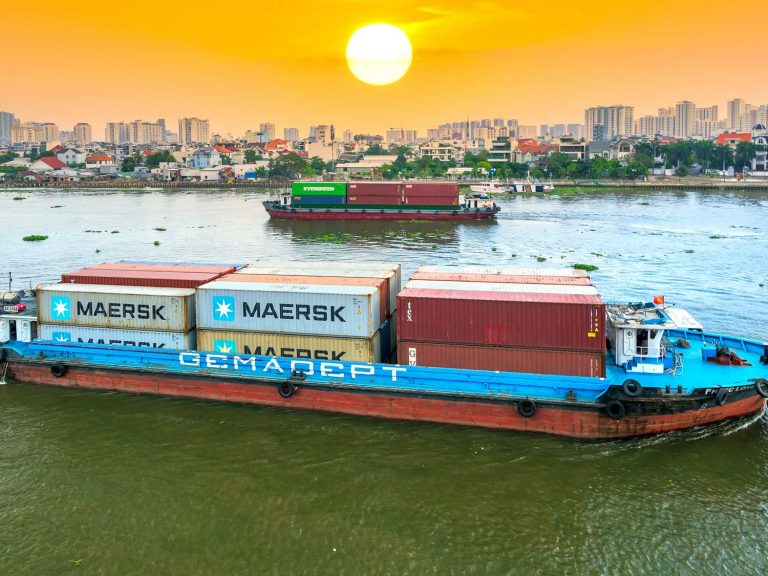
Date:
Pandemic impacting Asia’s growth
The sustained threat of US tariffs through 2019 meant that supply chains were diverted away from China to factories in other regional economies. As the Covid-19 pandemic took hold in January 2020, factories closed, inventories fell and supply chains around the world began to stall.
With manufacturing reduced in all but essential areas, because of lockdowns, inventory stock-outs followed and the aggressive replenishment drives which ensued have created excessive demand and supply chain bottlenecks that are likely to continue for some time yet.
For the first time, many factories across Asia have not closed for the lunar New Year holidays or have opened early to catch up with production backlogs. But getting goods to market is a challenge, thanks to the bottlenecks that continue to constrain shipping capacity.
For many Asian countries the problem is particularly pronounced, as it is also impacting the flow of raw materials required for manufacturing, which could slow economic growth and potentially see some production return to China, under a more benign US leadership. This has been demonstrated recently with the global shortage of computer chips which is having an impact on many industries including the automotive, technology and, for that matter, any sector reliant on these small, but essential, components as part of the manufacturing process. At times factories are grinding to a halt causing chaos.
Intra-Asia supply chains have been undermined by the continuing impact of COVID and skyrocketing demand on the westbound and trans-pacific trades.
Covid quarantine rules, affecting ship crews, led Pearl River Delta, feeder operators to stop accepting bookings in early January until the end of February, which means that cargo that would normally move by feeder to the export/import ports has to move overland.
Direct services to key Asia ports have not been cut, but they are insufficient to meet current demand and the resulting shortage of empty containers has been particularly pronounced because, rather than allow trade to naturally position containers, the shipping lines would rather repatriate empty boxes to China, to benefit from the higher yields offered on the westbound and trans-pacific trades.
Surface transport cannot make up for the lack of intra-regional capacity, because there are not enough drivers or rail capacity to handle the volumes to avoid intra-Asia economic impact.
As the UK’s largest trading region, especially for imported manufactured products and consumer merchandise, the regional effects within Asia have a significant impact on supply chains. We continually update clients on the reality of the market and anticipate issues and try to avoid them, offering the best current solution available and options on mode of transport to ensure deadlines are met.
For further information and the latest situation within Asia please contact Grant Liddell who will share our local office and partner updates with you, to assist in your forecasting and planning throughout 2021, which is proving to be another supply chain challenge – but one that we always rise to, to ensure supply chains continue flowing!
